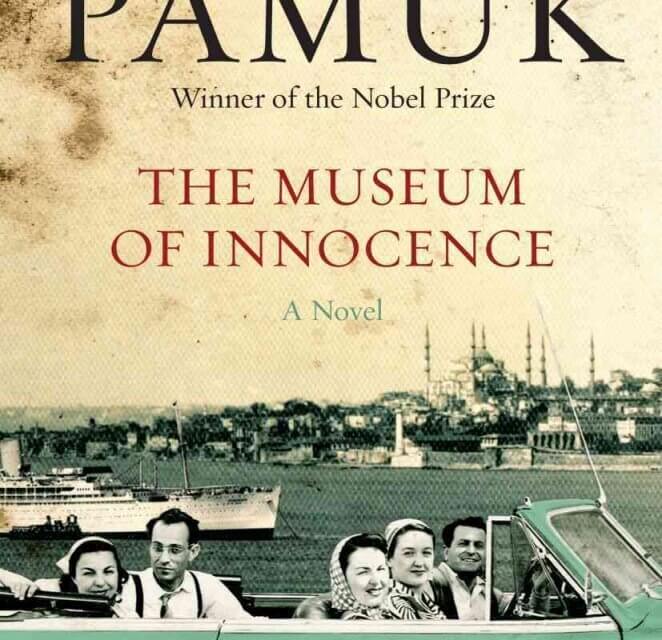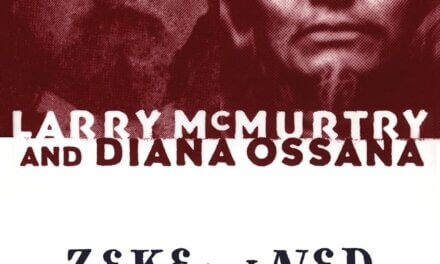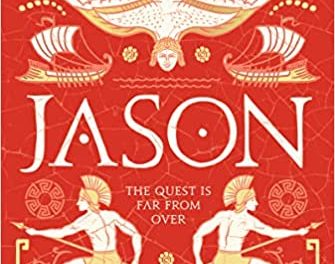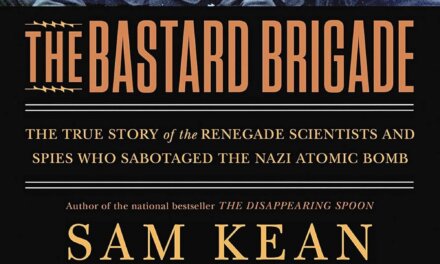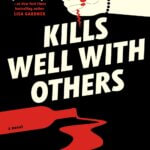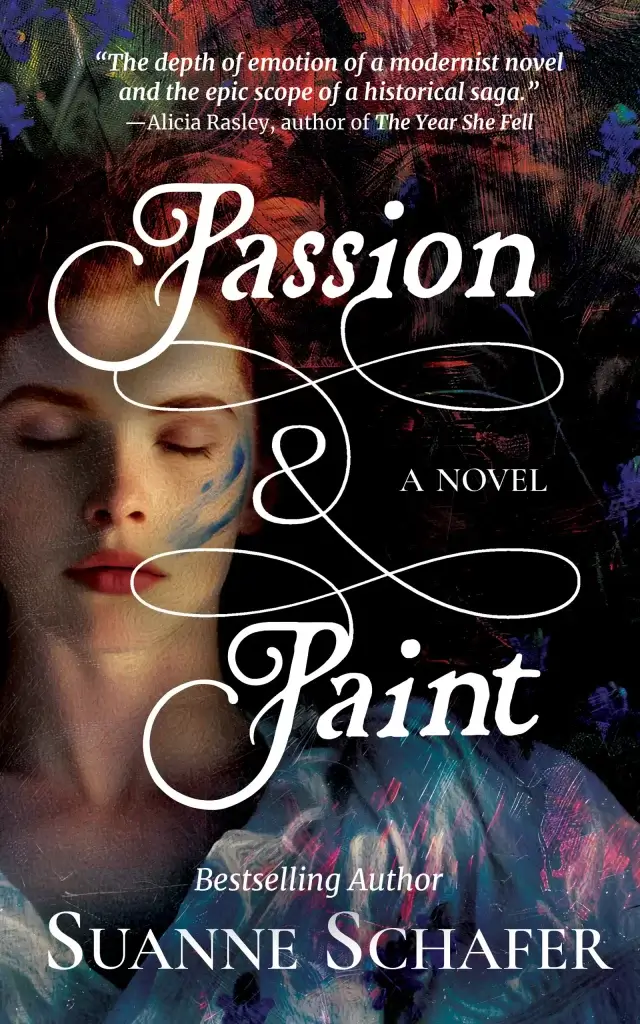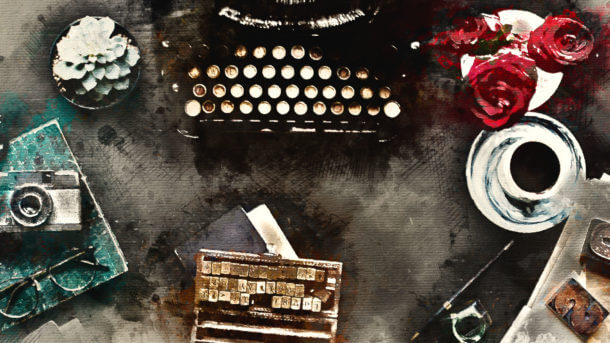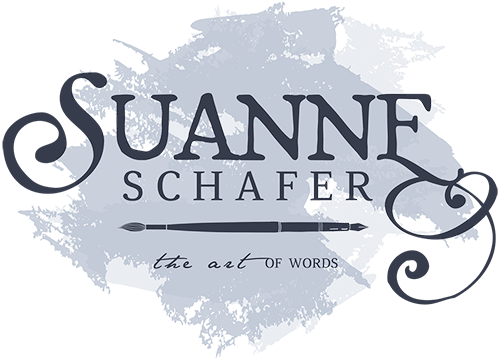The Museum of Innocence is a lovely novel by Nobel Prize winning author Orhan Pamuk. Set in 1970s Istanbul, post Ataturk and during several coups, it captures the sense of a country tied to the past while striving for but not quite reaching the future. Pamuk’s writing is poetic and ornate, showing endless layers of obsession and love.
The novel begins with a love triangle between Kemal, the son of one of Istanbul’s most wealthy families, his fiancée Sibel, and his distant cousin by marriage, Fusun. Though he’s seducing Fusun and falling in love with her, he refuses to give up his relationship to Sibel—certain, in the self-righteous way of privileged young men, that he can have it all. However, Fusun leaves Kemal on the night of his engagement party to Sibel and soon marries a chubby young filmmaker who’s loved her for years and is willing to overlook her lack of virginity. Kemal then begins a years-long obsession with Fusun and her family, eating with them (and often her husband) several times a week in a poor neighborhood in Istanbul. Kemal develops a kleptomania, stealing items from her home each night as remembrances of their times together (items such as 4123 cigarette butts classified according to how she crushed them, and other, more homey items such as a quince grater and salt shakers), and storing them in an apartment in which his mother places all her outdated clothing and furniture.
Eventually Fusun divorces her filmmaker and, just as it seems she and Kemal can renew their love-of-a-lifelime, drive off in his father’s ’56 Chevrolet on a tour of European museums, and live happily ever, fate intervenes. Kemal discovers all he can possess of his true love are the items he has collected, with which he creates a museum.
This book is interesting when read in conjunction with Behind the Scenes at the Museum by Kate Atkinson, as both deal with objects and their place in memory. To quote from The Museum of Innocence, “The power of things inheres in the memories they gather up inside them, and also in the vicissitudes of our imagination, and our memory of this there is no doubt.” In both books, again to quote Pamuk, “…the past is preserved within objects as souls are kept in their earthen bodies.” With these thoughts, the reader understands Kemal’s obsession with collecting artifacts of his love for Fusun.
********************
The Museum of Innocence (Vintage; Vintage Intl ed. edition, October 10, 2009) is available through:
********************
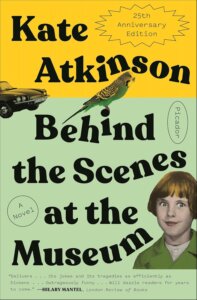
********************
This post contains affiliate links to third party sites. This can help you visually identify books I recommend. If you make a purchase, I may receive a small compensation at no additional cost to you. This offsets some of the cost of maintaining this blog.
